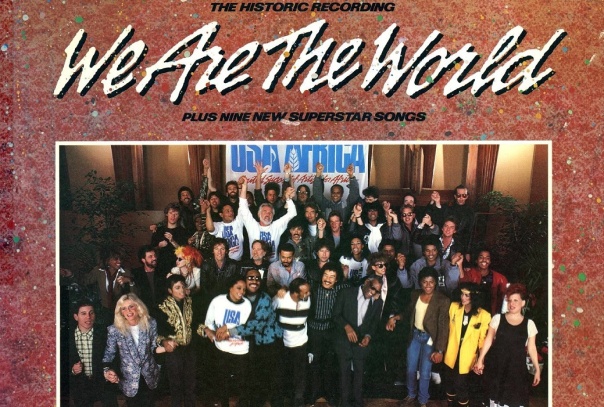As you know, my day job is at a history museum. We’re an educational non-profit, so we’ve been affected by the Coronavirus shutdowns. In fact, we’ve been declared “entertainment,” and will be among the last things allowed to open. We had to cancel a fundraiser we depend on, and we’ve had to spend more money to adapt and continue providing our research and educational services while we’re forced to be closed.
It’s not all bad news. We’ve expanded and improved our online presence. We’ve caught up on projects that cluttered our desks for months. Stimulus programs have allowed the staff to continue working and getting paid. I’m not commuting so much.
I tell you this today because thinking about our challenges got me wondering about other non-profit organizations. I currently serve on the board at my church and I watch the TV news, so I can tell you that in the social services sector demand for aid is up. People have lost jobs, businesses have gone under, and the needs are great. Meanwhile for the non-profits, fundraisers are canceled, volunteers can’t come in, and donations and distribution may be down. It’s a perfect storm…
Here are a few things you can do, and a few stories I’ve heard from non-profits I follow:
- Pray: That’s how it always goes. What I learned in Sunday School and come back to for every crisis, need, or opportunity: Pray, Give, Go. Whether or not you have funds to contribute, you can always pray. Pray for the missionaries, ministries, social service organizations, and non-profits out there helping people. Pray for funding, for safety, for doors to open for them, and for the health and safety of their staff. Pray for people who need jobs, and services to tide them over until they’re working again.
- Give – Money: Flexibility has been the theme of surviving Covid. Small businesses that existed only in brick-and-mortar stores have started selling online. Here in Minnesota restaurants have gone curbside, and are now carving out outdoor eating spaces so they can bring back customers. In-person events have become teleconferences. Birthday parties and graduations have become drive-thru parades. We’re making it work, but that’s not always cheap. Churches have had to invest in technology to create online services, and we’re all investing in Zoom memberships (seriously, they have to be VERY profitable right now!)
One example of this is Feed My Starving Children. I got an email from them yesterday that explained how they’re continuing to feed kids without the volunteer labor they depend on. They’ve started using some machine labor, put some of their staff to work packing, and even hired inmates to pack meals (the human labor under VERY careful and stringent limitations). The email said that they’re only able to pack HALF of the meals per month that they planned for this year, and it’s costing them $750,000 more per month. Ouch! But kids around the world depend on FMSC’s Manna Pack. If you can afford to give, please do.
Kiva and other microfinance organizations are also in need of donors. They’re trying to help small businesses stay afloat as they try to adapt, or when don’t qualify for some of the programs out there. Microfinance allows small businesses and individuals who struggle to get access to credit with small loans on fair terms. What I like about “giving” to this program is that I (almost always) get the money back to invest again and again!
Mail in your tithe checks to your church (or give online if your church offers that), give to your favorite non-profits, buy from your favorite fairtrade retailers. It’s just like ordering carryout from local restaurants or buying from local businesses. Every dollar you spend or give is a vote for the kind of world you want to live in!
- Give – Non-monetary: A lot of people are using their stay-at-home days to FINALLY go through their closets and things. Purging is good for us, but it can also be a boon to non-profits. Did you find something cool your local history museum might like? Take some pictures and send them an email. Cleaning out cupboards? Donate to a food shelf. Sell more valuable items on Craigslist or Facebook Marketplace and give away the proceeds.
- Go: According to AgingPlace, people over 55 make up 35 percent of volunteers in America. I honestly thought it would be higher. Retirees have daytime availability and tend to have a good work ethic that doesn’t make them comfortable with idleness! Unfortunately, they’re also the most vulnerable right now with Covid-19. If you are healthy and have time, check with your favorite non-profit. They might need your help right now! Offer your IT or social media skills if you have them. Like and follow on social media and share their posts to increase their visibility. Do what you can!
One last tip: If you want to do double-duty with your gifts, buy fairtrade or from local small businesses when giving to non-profits. If you’re buying things to donate to a food drive, get it at a locally-owned market. If you want to bless workers with a free lunch, order it from a local restaurant. As John Wesley said, “Do all the good you can, by all the means you can, in all the ways you can, in all the places you can, at all the times you can, to all the people you can, as long as ever you can.”



